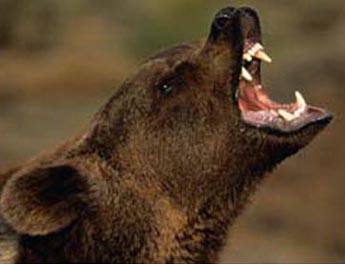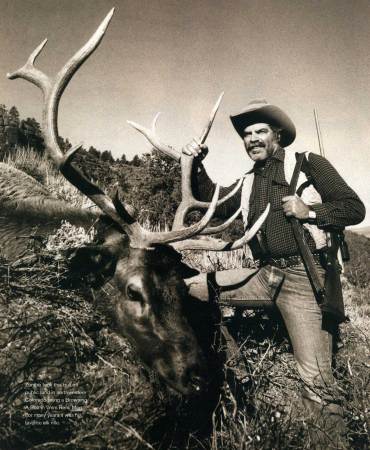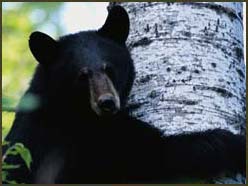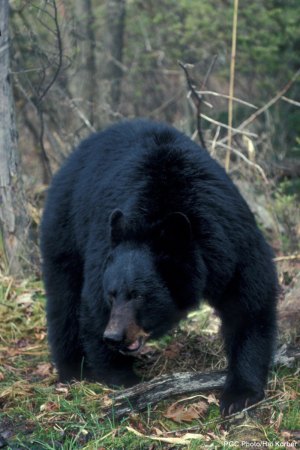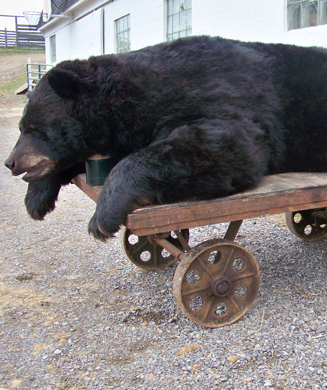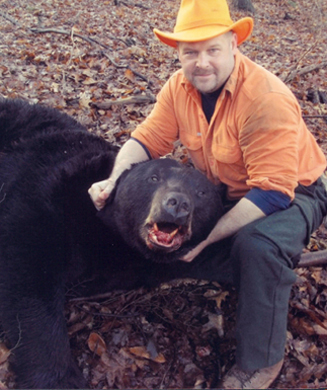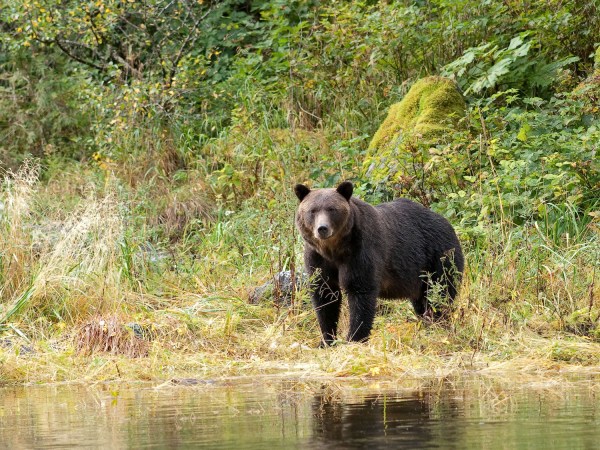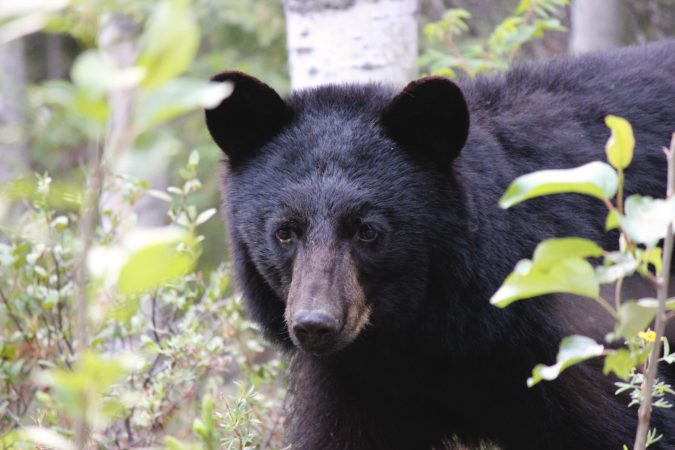No one will argue that an acceptable firearm for bear hunting must be capable of putting the bruin down right now, instantly disabling it. I’ve yet to meet anyone who relishes tracking a wounded bear…for obvious reasons. I’ve been in that position, and it’s not fun. I prefer other challenges when I hunt.
A bear is incredibly tenacious but has no supernatural powers. We often hear of people who put a half-dozen bullets into a bear, only to have the animal cling furiously to life. Make no mistake, none of those bullets struck a vital organ or critical skeletal region. When struck in the spine, heart or lungs, a bear will be just as debilitated as a deer or a rabbit.
**Where to Aim **
Ron Alexander, one of the top bear outfitters I know, has personally taken about 700 bears as a government wildlife officer and has seen at least that many shot by his hunters. Before he allows his clients to hunt, he makes them watch video footage in his Manitoba lodge showing different bears as they approach his baits. Alexander demands that every shot taken must be behind the bear’s shoulder, whether the hunter is shooting a bow, a muzzleloader or a centerfire rifle. With that shot, which takes out both lungs, Alexander says the bear will run about 35 yards after the hit and then expire immediately. I’ve never known his advice to be flawed.
Other people suggest that a bear should be hit in the shoulder first to “break it down,” but Alexander vigorously disagrees. If the shoulder isn’t hit properly, he says, the bear is likely to run off. Another option is a standing shot, since a bear is the only domestic big game animal that can stand solidly on its hind legs. If a bear is directly facing you and standing, a shot to the exact center of its chest will take out the spine and put it down instantly. I’ve killed three bears that offered standing shots. All were hit in the vitals.
Which Gun to Use
In this case, I believe that bigger is best. Use the maximum firepower you can withstand, provided you can shoot the gun comfortably and confidently. My first half-dozen black bears were shot with a Winchester Model 70 .30/06. None of those bruins needed more than one shot, and none traveled more than 75 yards after being hit. I took one with a .270, the smallest caliber I’ve ever used, as the bear stood on his hind legs to look at me. I hit his spine and he rolled 10 yards down a steep slope and died. For some time I used a Browning A-Bolt in 7mm Rem. Mag., taking several bears with it.
Again, every bear hit behind the shoulder died quickly. The new .300 Remington Short Action Ultra Mag (SAUM) and .300 Winchester Short Magnum are attracting plenty of attention from hunters. I used both on Canadian bear hunts last year and dropped each bruin handily. I’ve continued to field-test the Remington Model Seven .300 SAUM and have taken a couple of moose, elk and other big game with it. It is a fine bear rifle.
Brown bears and grizzlies, being larger than blacks, demand sufficient firepower. I wouldn’t hesitate to use a .300 caliber on them, but I believe bigger is better. Last year, I dropped an Alaskan grizzly with a Remington .338 Ultra Mag and was impressed with this rifle. My one and only Alaskan brownie took three hard hits from a .375 H&H; before he went down for keeps, but the first shot debilitated him and he never gained much momentum.
The Best Bullet
The rifle caliber stamped on your gun’s barrel is meaningless when it comes to killing bears-it’s the bullet that gets the job done, and proper placement is everything. When everything is perfect, you can zing a bullet behind a bear’s shoulder and through both lungs, and a bullet from a .270 will do the job adequately. It’s when the situation goes wrong that everything gets dicey. In those cases, bigger bullets with greater energy and mass may be what it takes.
Just aas there are endless debates about rifle models and calibers, so are there many discussions about bullets. In a lifetime of hunting, I’ve basically used four types of bullets for bears: Nosler’s Partition, Winchester’s Silvertip, Remington’s Core-Lokt and Federal’s Trophy Bonded Bear Claw. None has failed me when I placed it where it had to go. Of the four, the Core-Lokt has accounted for more than half the bears I’ve shot. The new Remington Core-Lokt Ultra shows plenty of promise based on the bullets I’ve recovered. I’ve used it on bear and elk and several deer.
Shotguns for Bears?
Some of the new slugs look to be winners for bears where the vegetation is tight and laws don’t allow rifles. I recently went on a bear hunt in Canada where five members of our party dropped bears instantly using Remington’s 12-gauge Premier Copper Solid Sabot slugs. That’s the only slug with which I’ve had personal experience.
**When to Shoot **
I don’t believe in long-range shooting for bears. I want to know that the bullet will strike precisely where I aim. I’d much rather shoot from 100 yards or less than from farther away, and I draw the line at 250 yards.
